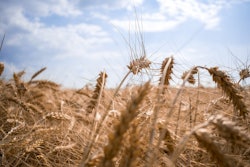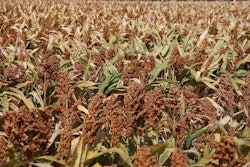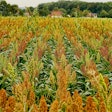
Key markets have begun to respond to declining corn prices, but demand for soybeans continues to lag, according to the latest World Agricultural Supply and Demand Estimates from the U.S. Department of Agriculture (USDA).
Animal feed and ethanol production are expected to use an additional 50 million bushels of corn from the 2023-24 crop, according to the report. Although the updated demand numbers came earlier than some economists and traders anticipated, StoneX chief commodities economist Arlan Suderman said they weren't entirely unexpected.
Markets tend to move in cycles, Suderman said. For the past few years, higher prices for corn and soybeans have encouraged producers around the world to expand their operations, leading to a supply glut. Now, several months of falling prices have prompted animal producers and other buyers of commodities to make more liberal use of available supplies — at least with respect to corn.
“With the cheaper feed prices we are seeing, they are seeing producers feed animals to higher weights,” Suderman said.
Ethanol production has seen similar increases in corn use, he said, and could absorb even greater quantities of corn in the months to come in response to improved margins.
Soybeans haven't experienced the same increase in demand; the USDA cut soybean use by 25 million bushels in its April report. Suderman said he thought USDA may be underestimating growing demand for soybeans of biodiesel production — but is also likely responding to decreased demand for exports from the U.S. in response to the supply of even cheaper soybeans coming out of Brazil.
Brazilian farmers expanded soybean acreage in recent years much more rapidly than U.S. farmers, Suderman said. However, shrinking profit margins suggest this expansion is not likely to continue in the year to come, he said.
This new cycle of lower crop prices and increasing demand is still in the early phases and is likely to persist for another year or two, Suderman said. In fact, he said he was somewhat surprised to see the typically conservative USDA increase corn use projections this early in the cycle. He does not expect corn or soybean prices will increase this year outside typical seasonal shifts, barring unexpected weather or geopolitical developments.
An escalation of the conflict in Ukraine could cause commodity prices — and especially wheat prices — to rise. But an increase in aggression by China toward Taiwan would likely trigger sanctions that would reduce Chinese imports of corn and soybeans and cause prices to fall, Suderman said.


















